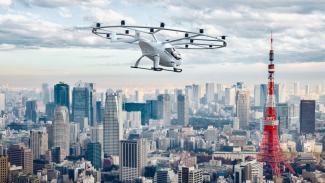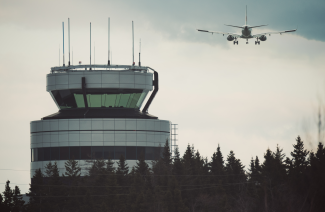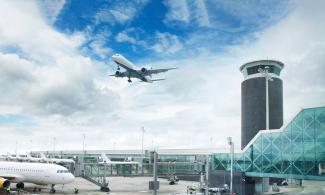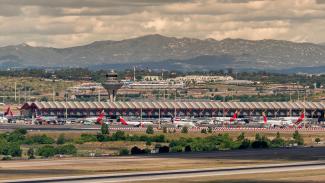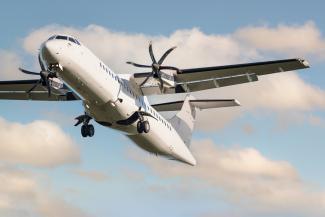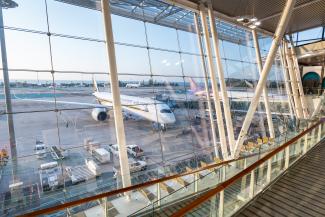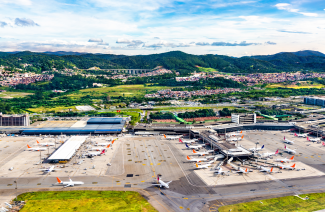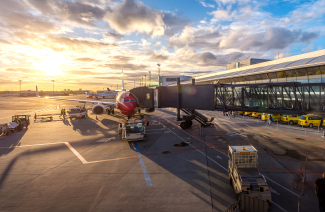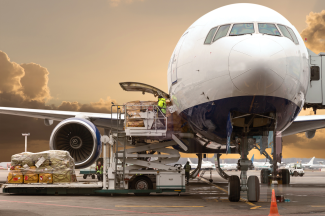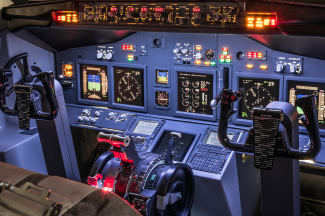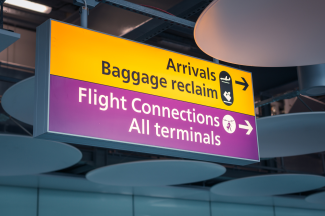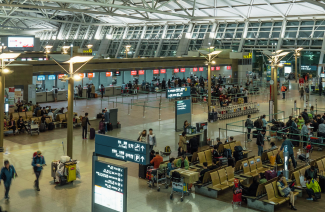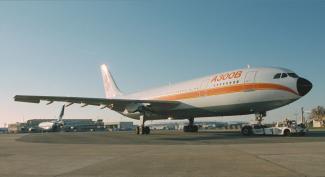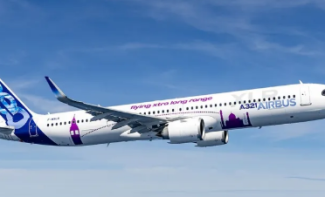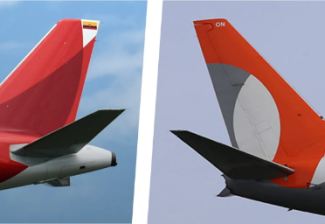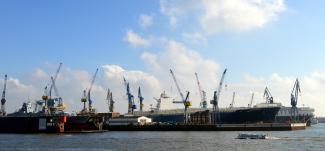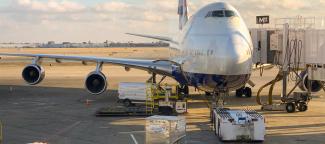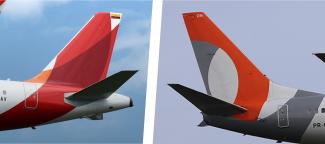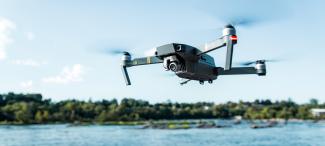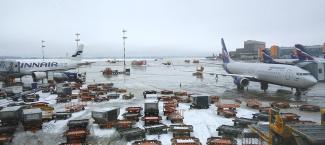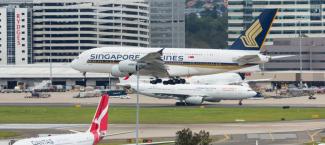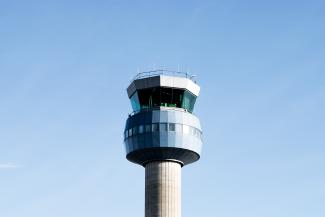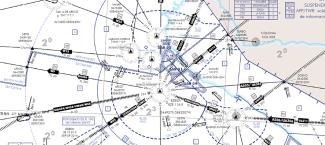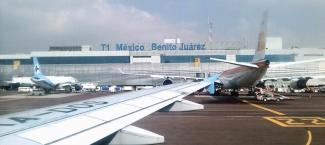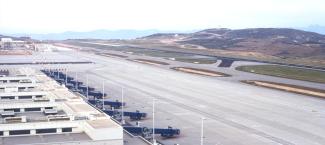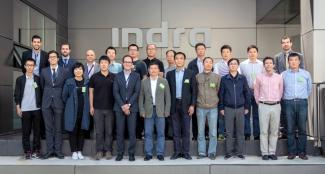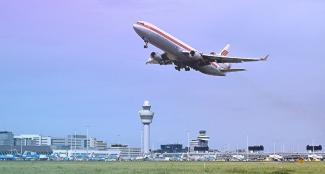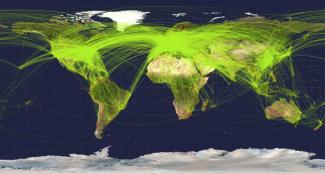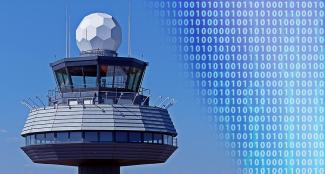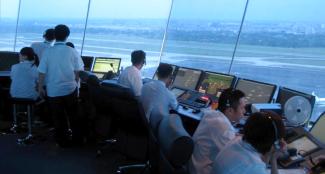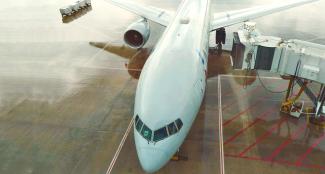Driven by the growing society’s concern for the environment, advancements in green technology, changing urban landscapes, and a growing need for sustainable and efficient transportation options, Advanced Air Mobility has emerged as a disruptive concept in the industry. Advanced Air Mobility will positively impact society and daily economic dynamics by providing solutions like congestion relief, reducing infrastructure pressure, time efficiency, accessibility, and connectivity.
What is Advanced Air Mobility?
Advanced Air Mobility or AAM refers to the transportation of people and goods by electric or hybrid vertical take-off and landing (eVTOL) aircraft and other emerging aviation technologies. AAM is known as key part for the next generation of air transportation, which is expected to transform the way people and goods are moved through the air.
These new aircraft and systems are expected to be more sustainable and efficient than traditional aviation technologies that can have multiple power sources, be autonomous or remotely piloted.
AAM are expected to address a range of transportation challenges, from urban congestion to emergency response and medical transport as well as have a significant positive environmental impact.
Key implementation enablers for AAM
For countries that embrace AAM, it is expected to be a significant contributor to the transformational process and a key enabler of multiple strategies. The development of a clear AAM roadmap is critical to enable a full rollout of AAM use cases.
To facilitate the implementation of eVTOL vehicles and AAM in general, five main key factors need to be considered.
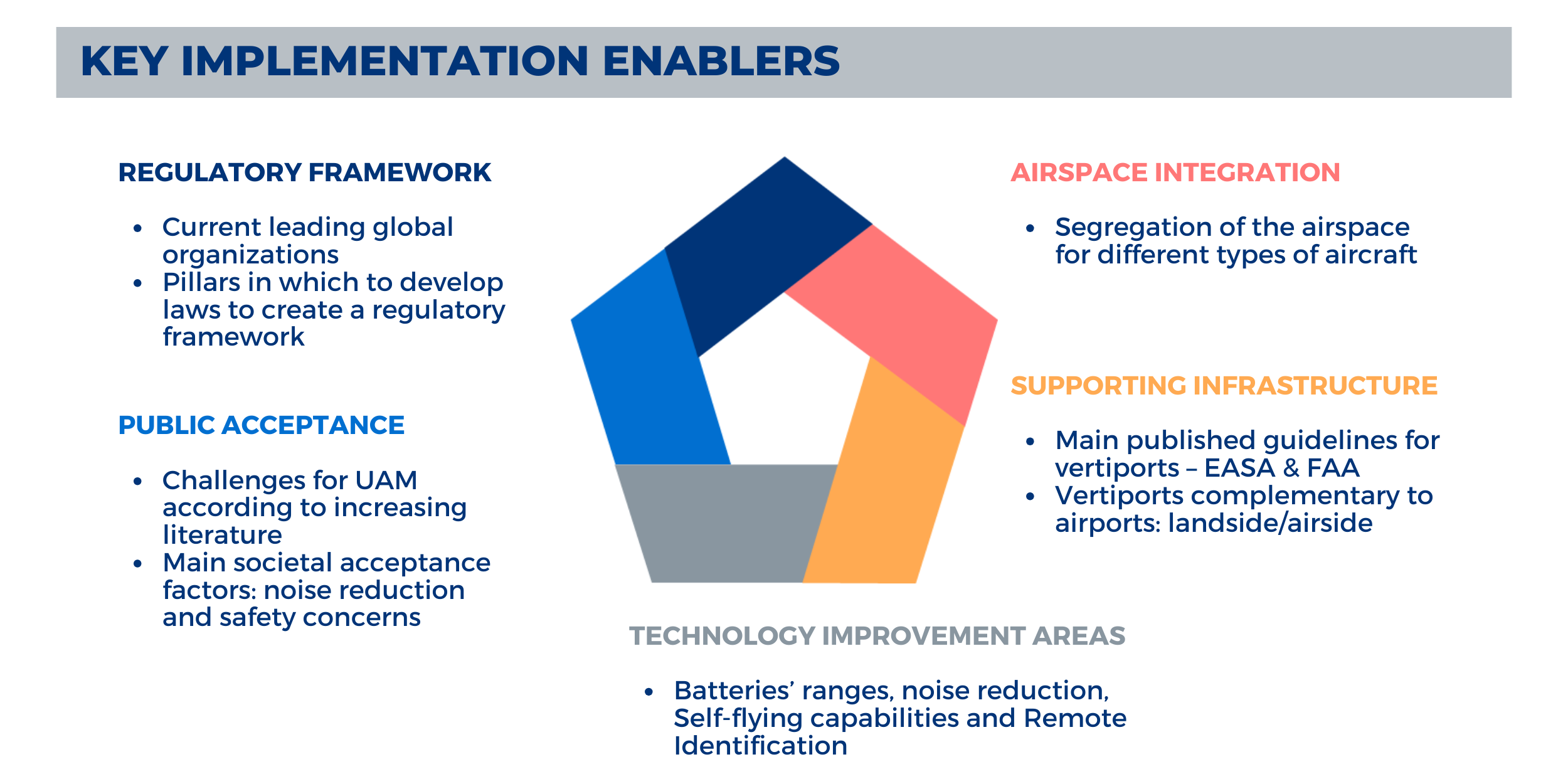
1- AIRSPACE INTEGRATION
The idea of segregating the airspace is a key enabler for the integration of small Unmanned Aerial Systems (UAS), eVTOLs vehicles, and conventional aircraft. Segregating the airspace by altitude will allow certain Air Traffic Management (ATM) and Unmanned Traffic Management (UTM) systems to utilize more flexible airspace regulations and communication protocols, especially in non-critical areas.
2- SUPPORTING INFFRAESTRUCTURE
In order to plan effectively, it is essential to develop and publish preliminary specifications and guidelines for the design of vertiports and their complementary infrastructure. Both EASA and FAA have already taken initial steps in this direction. These initial approaches serve as the foundation for future infrastructure development, ensuring compliance with safety and security requirements.
3- TECHNOLOGY IMPROVEMENT AREAS
In terms of technology deployments, there are still areas in which improvements can be made to facilitate the implementation and normalization of AAM. Some of these areas include:
- Noise reduction
- Authentication, authorization, and remote identification
- Autonomous / Self-Flying
- Batteries ranges
4- PUBLIC ACCEPTANCE
The growing number of publications regarding AAM repeatedly cite the public acceptance as one of the challenges for Urban Air Mobility (UAM). Other factors mentioned are safety and noise. The noise levels comparable to an average passenger car seem to be acceptable to the general population. However, people still harbor significant concerns about safety due to the technology's immaturity and lack of knowledge.
5- REGULATORY FRAMEWORK
The development of an AAM regulatory framework is critical to enable these operations. The following six pillars are fundamental to be regulated when introducing AAM:
- Airworthiness
- Air Operations
- Airspace
- Aerodromes
- Safety management
- Environmental Protection
EASA and FAA, as leading authorities regarding regulatory and specification requirements, may serve as key benchmarks for countries developing their specific AAM regulations, given their advanced frameworks already in place.
ALG Key Role for the Development of the Advanced Air Mobility
ALG can provide technical support and strategic execution for the development of Advanced Air Mobility solutions. ALG previous experience is fundamental at key points:
- Market analysis and forecast: ALG has vast experience in analyzing the air transportation market and forecasting traffic.
- Support and analysis of the regulatory framework: As a technical advisor, ALG has supported many processes and transactions in the air transportation sector that have required analysis and development of the regulatory framework.
- Infrastructure planning: Capacity-demand analysis and the development of Infrastructure Master Plans are key projects ALG has been engaged in for the past years.
- Business plan elaboration: Having a comprehensive project vision is fundamental for analyzing and studying any necessary cases that might interact with the project's feasibility. ALG has been modeling these scenarios while considering the specific details of each unique project.

